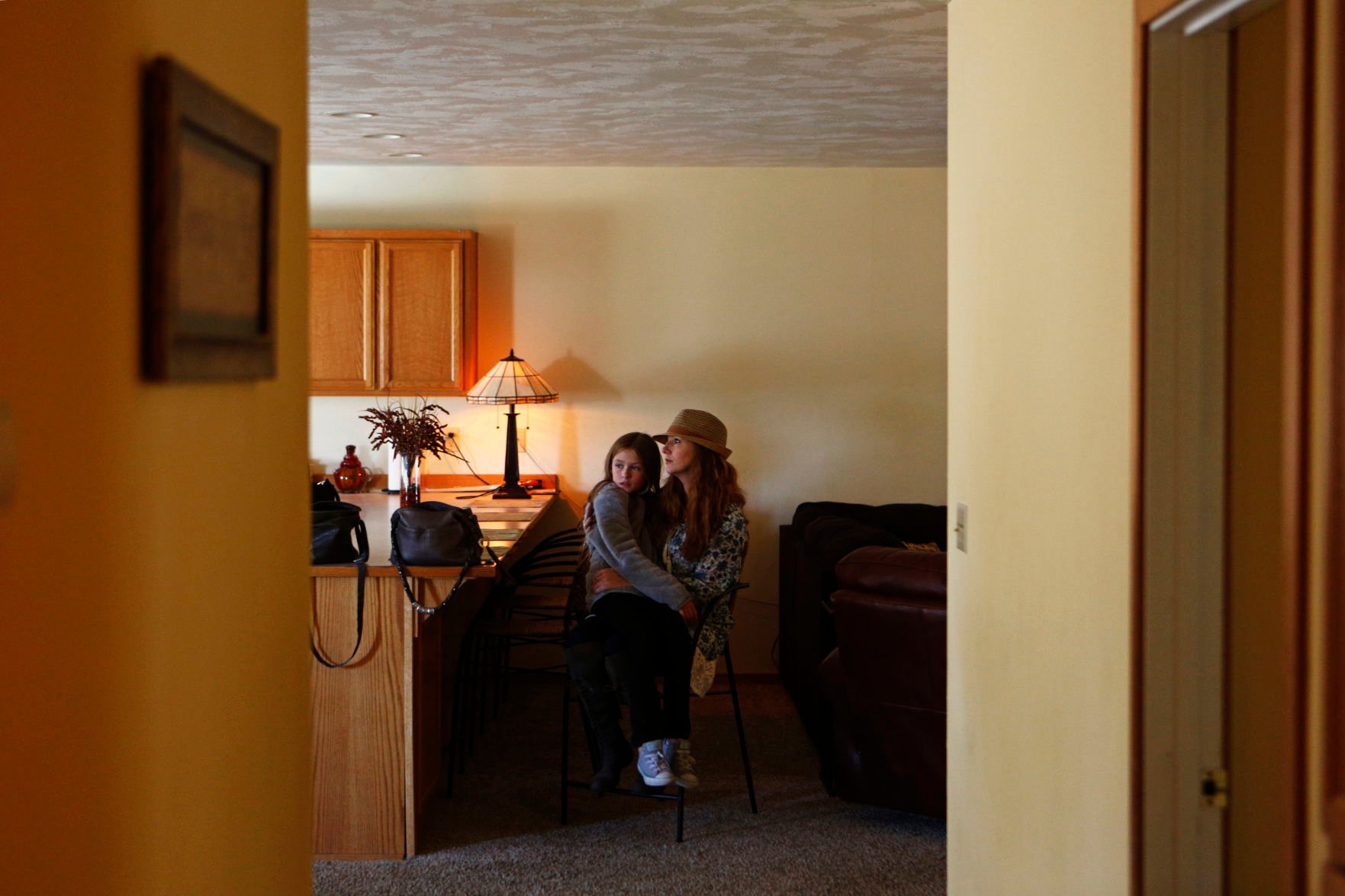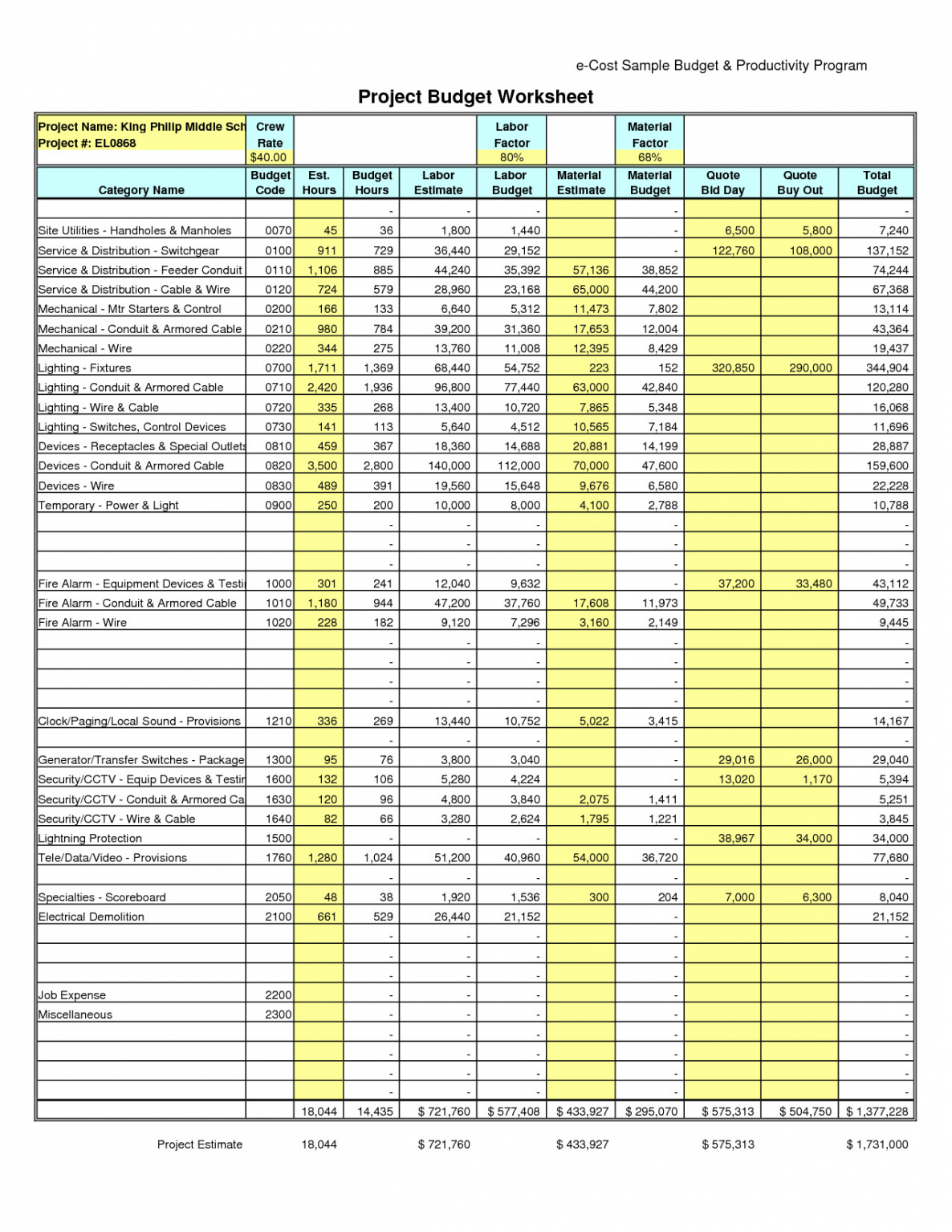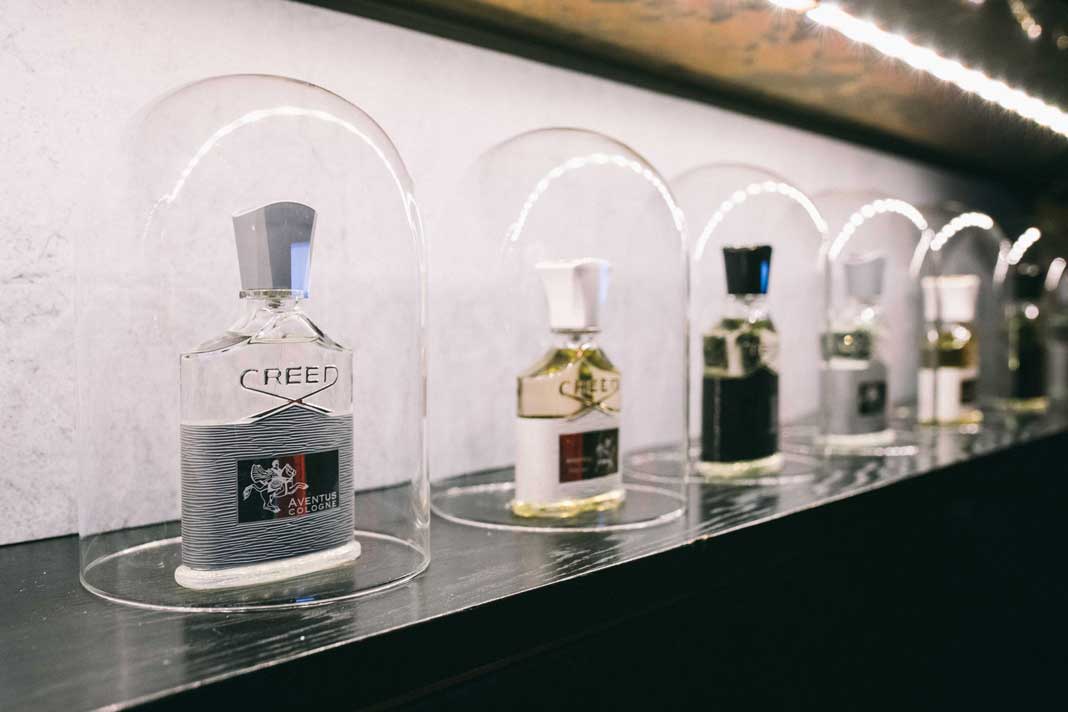Table Of Content

Sober living homes are group homes for those recovering from drug or alcohol addiction. Most of these homes are privately owned, although some group homes are owned by businesses and may even be owned by charity organizations. Sober living housing is usually located in quiet areas to help ensure a peaceful environment for individuals in early recovery. Some sober living communities in California may also offer specialized programs for those with co-occurring mental health disorders or other unique needs.
How Much Do Sober Living Home Programs Cost?
Most treatment facilities can help determine if your insurance is eligible for outpatient rehab. Sober living homes and halfway houses are both types of residential environments designed to support those in recovery from addiction. While there are similarities between these two types of community, there are also important differences to consider.
Let’s rediscover a life of passion, purpose, and meaning
Level IV recovery homes tend to have a more institutional building framework. While living in a recovery residence, individuals are encouraged to find work, study, or participate in volunteer opportunities. This enables residents to accept responsibility for themselves and their future and establish a daily routine and purpose. Life skills training is often implemented and includes how to manage money, time, motivation, relationships, stress, and other factors more effectively. These skills will enable someone to function well in society when they leave the facility.
More From the Los Angeles Times

Many sober living homes are not government-funded and are self-supporting or operated by charities or addiction treatment centers. Some recovery houses accept donations of clothing, household goods, and other items for use by residents or to sell to make money to offset the facility’s costs. An example is the Substance Abuse and Mental Health Services Administration (SAMHSA), which offers grants to organizations that provide addiction treatment and recovery services. Sober living houses also date back to the 1800s when religious organizations set up residencies where people were required to abstain from alcohol. More modern versions were opened in the 1940s and focused on supporting rehabilitation from substance abuse.
Some Shively residents voice concerns over sober living facility in their neighborhood - WDRB
Some Shively residents voice concerns over sober living facility in their neighborhood.
Posted: Thu, 25 Apr 2024 02:30:00 GMT [source]
An individual may stay at an SLH as long as they desire, although the National Institute on Drug Abuse recommends first spending no fewer than 90 days in an addiction treatment program for best effectiveness. All sober houses have a zero-tolerance policy regarding the use of drugs or alcohol. Some recovery houses insist on random drug testing to ensure residents remain sober.
The former president and CEO of a Whittier medical clinic was sentenced today to 124 months in federal prison for submitting fraudulent billings to a Medi-Cal health care program that... Nestled within secure Dallas communities with convenient access to public transportation, Shurruns House provides a nurturing environment essential for your recovery. We recognize the strength of community and encourage active engagement within the recovery community to foster growth and connection.
Bill would require sober houses to have supply of opiate antagonists - Session Daily - Minnesota House of Representatives
Bill would require sober houses to have supply of opiate antagonists - Session Daily.
Posted: Mon, 11 Mar 2024 07:00:00 GMT [source]
Halfway houses, on the other hand, are typically more structured and may be mandated as part of a court-ordered treatment program. Halfway houses are often reserved for those who have completed a residential treatment program and require additional support and supervision as they transition back into the community. Residents in halfway houses may be subject to more stringent rules, including mandatory curfews and drug testing.
If you or your loved one needs to go to a sober living facility, contact your local healthcare professional or medical professional for a referral. Sober living homes for the LGBTQ+ help them recover by focusing on self-acceptance, peer support, and mental health. Women-only houses tend to focus on providing mental health support for their residents.
Types of Sober Living Homes
Over the years, sober living houses have evolved to meet the needs of those in recovery. There are also plenty of independent sober living houses that have not changed their protocols much since the late 1940s when these residences came to be. If you or someone you know has recently quit drinking alcohol and is now sober—congratulations, quitting alcohol can be a long and difficult process. However, you might be wondering what happens now that the detox is over, you’ve completed your stay at an addiction treatment center, and it is time to go home. The Task Force now consists of a bipartisan coalition of local and state elected officials, law enforcement, administrative staffers, subject matter experts and residents working together, she said. They recognize that that sober living and recovery homes can be vital in the recovery process, but also recognize that there are irresponsible and even criminal operators preying on vulnerable people.
Oxford Houses are governed by a charter and rules that are agreed upon at the outset, but those are kept to a minimum and decisions are made democratically. For instance, house members vote on whether to allow a certain individual into the house. Each member has one vote, and no outside supervisor or manager is hired. The Substance Abuse and Mental Health Services Administration (SAMSHA) fully endorses level three sober homes.
However, the way they work, the length of stay, and the funding options differ. The NARR created standardized language and definitions that are used to identify the different types of sober living homes based on the level of services and structure that they provide. The NARR refers to all such homes as “recovery residences,” which is the nomenclature we will use throughout this guide. The NARR functions by certifying regional networks (referred to as “affiliates”) which then certify individual residences.
If you think you may have trouble staying sober in your own home environment after rehab, or your family has a negative attitude toward your recovery, a sober living or halfway house is a great solution to help you stay on track. In a sober living house environment, professionals are available to help you navigate major changes in your new life. They can also help you determine what length of stay is the right one for you. Depending on the city, neighborhood and services offered, rent can range from $300 to $2,000 per month. Some sober homes do not require residents to pay utility bills, but utilities may be rationed to avoid waste.
Some homes will require that you already be sober for a specific period of time. Many people choose to attend 28-or 30-day, 60-day or 90-day inpatient treatment programs before entering sober living environments. Sober living houses are usually peer-run facilities encouraging continued substance use disorder recovery. Occasionally they are run by a charity or an addiction treatment center as a less structured and more informal version of the inpatient treatment plans they offer.
Several factors determine length of stay, such as the severity of the addiction, a person’s history of substance abuse, their recovery progress, ability to follow rules and ability to pay rent. Most residents find a job to pay out of pocket or set up a payment plan with the home. Some sober living homes are covered by private insurance, government funding or Medicaid. Some residents also pay for sober housing through scholarships, loans or credit cards.











